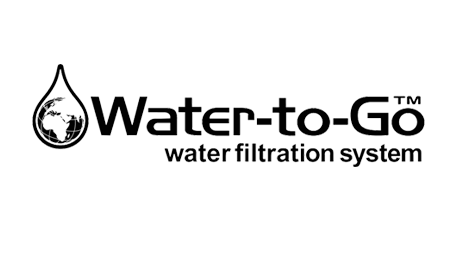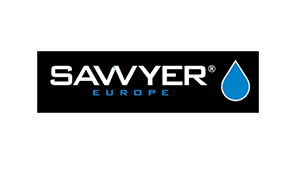
Over complication of anything in a wilderness setting never works. The more working parts you have in a system the higher the likelihood that the system will fail. The consequences of not having ready access to clean portable water are obvious, so finding a reliable way of making dirty water drinkable is a high priority for anyone spending anything more than a few hours in the outdoors. Water safety lessons at Backcountry Survival focus on the big three filtration methods. The first stage: get rid of the visible stuff or sedimentation. Next, filter out particulates. Finish with purification to neutralise harmful pathogens, bacteria, protozoa and viruses.
For reasons I have never been able to get my head around the traditional filtration systems from Katadyn, Lifesaver and Sawyer (we’ve tried others too) never work that well for us. They break too easily: valves fail, handles snap, and the expensive carbon filters never produce the volume of safe water promised. In the field, traditional water pumps are not designed for sustained, repetitive, heavy-duty use. Given how important a constant, reliable source of clean water is, that’s a problem looking for a solution.
At first glance, the Water-to-go system looks like nothing more than an ordinary water bottle. But under the lid there’s a lot of interesting stuff going on. Water-to-go filters do use activated carbon, but they are not strictly “carbon filters”.
The Water-to-go system features a Nano Alumina membrane, a technology developed for NASA. The idea – like all good ones – is really simple. Nano Alumina active particles have a positive charge, harmful pathogens all have a negative charge. Anything that makes water unsafe is first captured by the active particles and then rendered harmless/denatured.
We really like the fact that Its easy to understand what’s going on under the hood, and We really, really like the fact that there’s nothing to go wrong, fail or break. Setup is swift and idiot-proof, unscrew the top and the primary filter screws into the underside of the lid. And that’s it. No pumping, no priming, little or no potential for cross-contamination. Note; You need to prime the filter the first time you use it.
The Water-To-Go will filter water with the following in it:
- Bacteria, viruses and protozoa
- Fluoride and chlorine
- Heavy metals
- Discolouration and bad odours.
Over the course of the last couple of months, we’ve given half-a-dozen Water-to-go bottles a severe hammering. Our brief wasn’t really to test them but rather to try and break them. We didn’t manage to do that. But we did make the decision to integrate them into all our future courses.
Summary
Adopting the Water-to-go system takes a major headache out of our course set-up: Provision of “on-tap” safe water, without the usual hassle.
Pros: Easy, reliable, fast clean water supply. Inexpensive. Maintenance free. Nothing to go wrong.
Cons: None
Rating: Five stars
Keep up to date with our blog for more offers on our Bushcraft and Survival Courses in Scotland and North East England – We feature discounts and competitions regularly.












 Message an Instructor now
Message an Instructor now